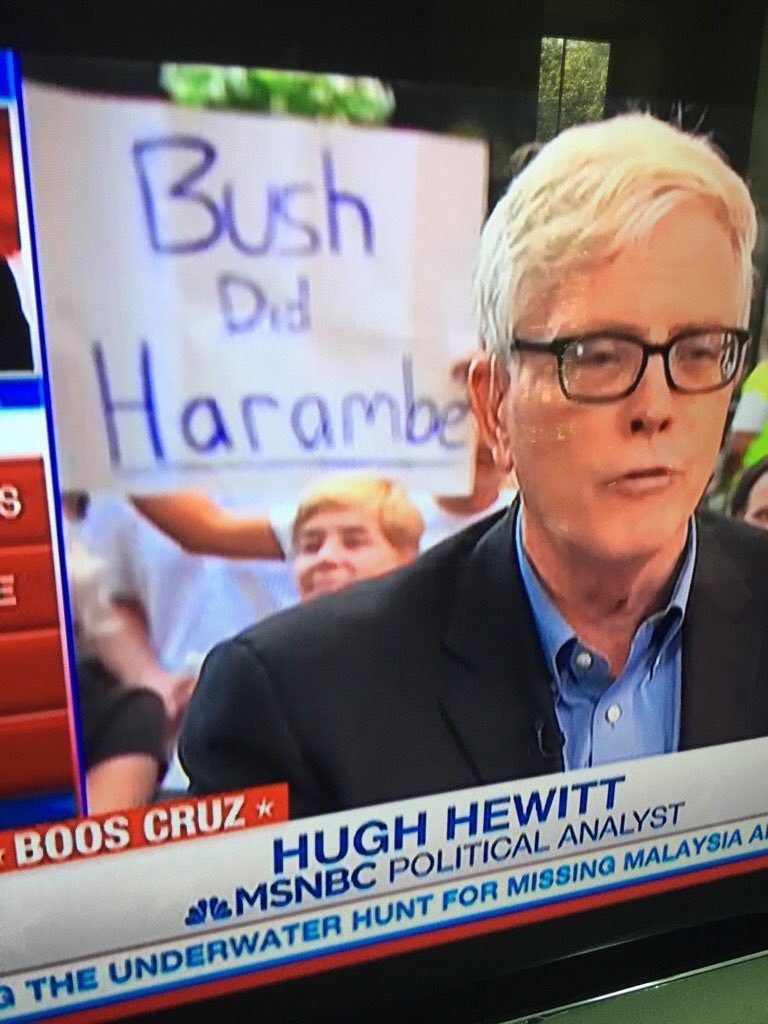So what makes content go viral? However, studies have shown that content that is able to trigger emotions tends to be the thing that gets shared. Challenges and memes are essentially fun. Mainstream media can’t always reach people virally – certainly not via happiness. They are far more likely to have viral success with images and video of shock and outrage. But once they get hold of the content, they will massively amplify the most successful story angle. Now everyone can create a share a picture, video or GIF to communicate their feelings on this more visceral level. People want to create their society and culture. They took part because it reflected their values – not because it was mainstream. Virality working well means only the right people see it and the wrong people don’t.
At one time, these memes crossed the line from obscurity to mainstream. Even though Facebook and Twitter play a huge role in amplifying a challenge or helping memes go viral, the origins of that meme can usually be traced to anonymous social networks, like Reddit and 4chan.
Viral content tends to start in smaller, closed networks (that often don’t use real names or identities). Vine and Snapchat – even Facebook Groups – are other places that bring together smaller, more tightly-knit communities with shared and interests and identity that tends to help incite participation.
The meme or challenge takes off in those environments and eventually break into larger, more public social networks.
These smaller networks allow a message to more easily hit a critical mass internally. Once the meme hits Twitter and Facebook, it’s basically mainstream.
So what makes content go viral? And what makes people participate in these phenomena? There are many factors, but here are seven timeless reasons why (and how) some things go viral while others just die.
1. Smartphones Make it Simple to Participate

It’s incredibly easy for us to shoot and edit pictures and video with our smartphones and share it one to one, or one to many. Fundamentally, the rise of memes/challenges is as much a result of the low barrier to entry as much as it may be any cultural trend.
The inclination to share funny ideas and participate in group activities may have always been present in society, but it was just required a lot more effort than before.
Things have always spread by word of mouth. But now technology essentially amplifies how far word of mouth ideas can spread. Also, it’s no longer limited to words – it’s simple to have imagery and video, too.
2. Emotional Content Triggers Sharing

Although the Internet is a multimedia platform, day-to-day usage is still a kind of passive and internalized reader experience. However, studies have shown that content that is able to trigger emotions tends to be the thing that gets shared.
Similar studies have shown that news (e.g., articles or world news) tends to be shared among similar peer groups with similar knowledge needs. In other words, we don’t share news with just anyone – we share it with the people we know will get the most utility out of it.
That means that some stories may not “go viral” as a form of self-censorship is at play, limiting the potential reach of the content. Yet, equally, other stories may go viral just within a specific community of shared interests (otherwise known as social media “echo chambers”).
However, emotionally resonant content sort of jumps those implicit social and political barriers. Everyone can relate to emotions and share the feelings, so that kind of stuff spreads faster beyond and between social circles.
3. Positive Sentiment Helps Content Go Viral

The same studies have shown that good news spreads faster than bad or news with negative spin or connotations.
Challenges and memes are essentially fun. This positive quality is what makes them a phenomenon today.
In fact, it’s extreme emotion in general that spreads fastest. One could also argue that it’s deep shock and outrage that also leads to cyber bullying or mob mentality, another online phenomenon that is characterized by starting with a viral moment. (I’ve written quite a bit about Chinese “human flesh search engines,” which is an unusual term for an online witch hunt.)
4. It’s About People

Mainstream media can’t easily reproduce these kinds of phenomenon because they are broadcast mediums rather than one to one. People have diverse sets of values they want to reflect, whereas mainstream media has to find the lowest common denominator position.
Mainstream media can’t always reach people virally – certainly not via happiness. They are far more likely to have viral…
COMMENTS